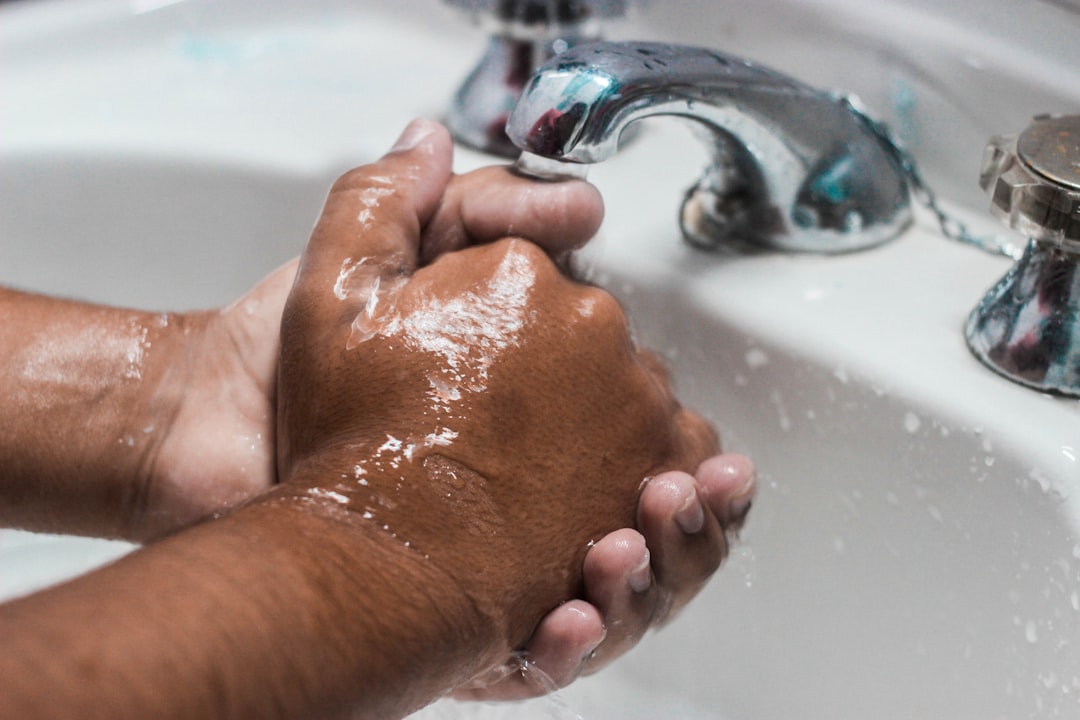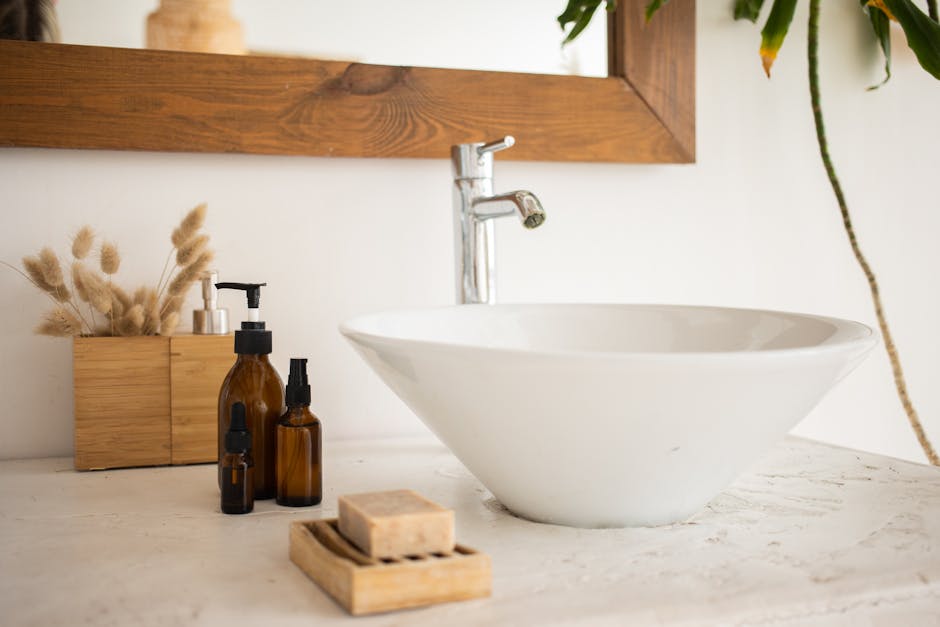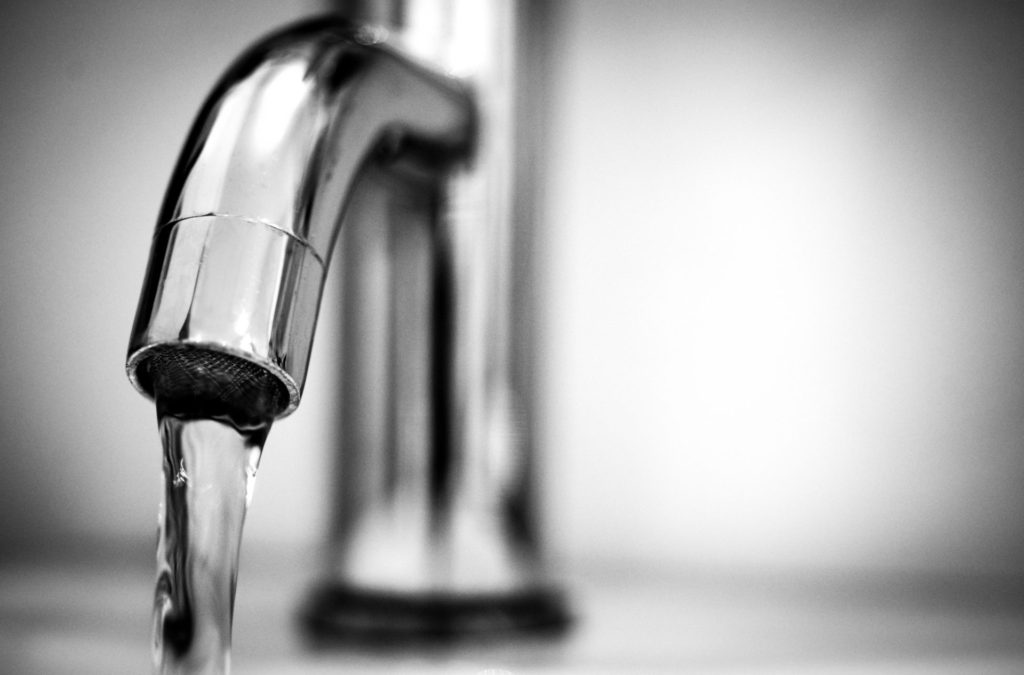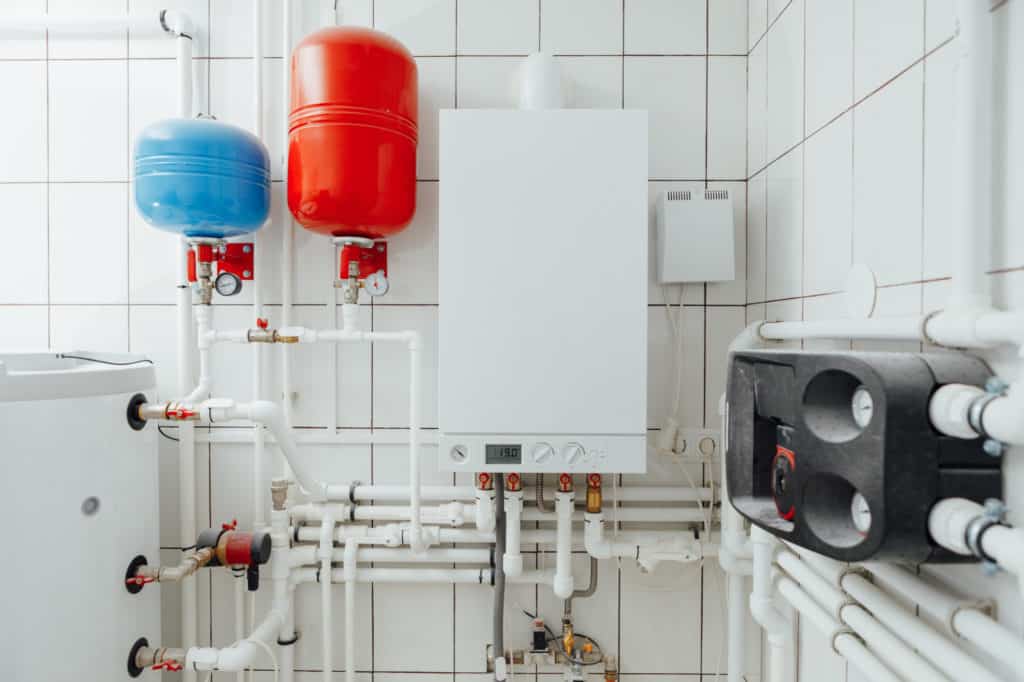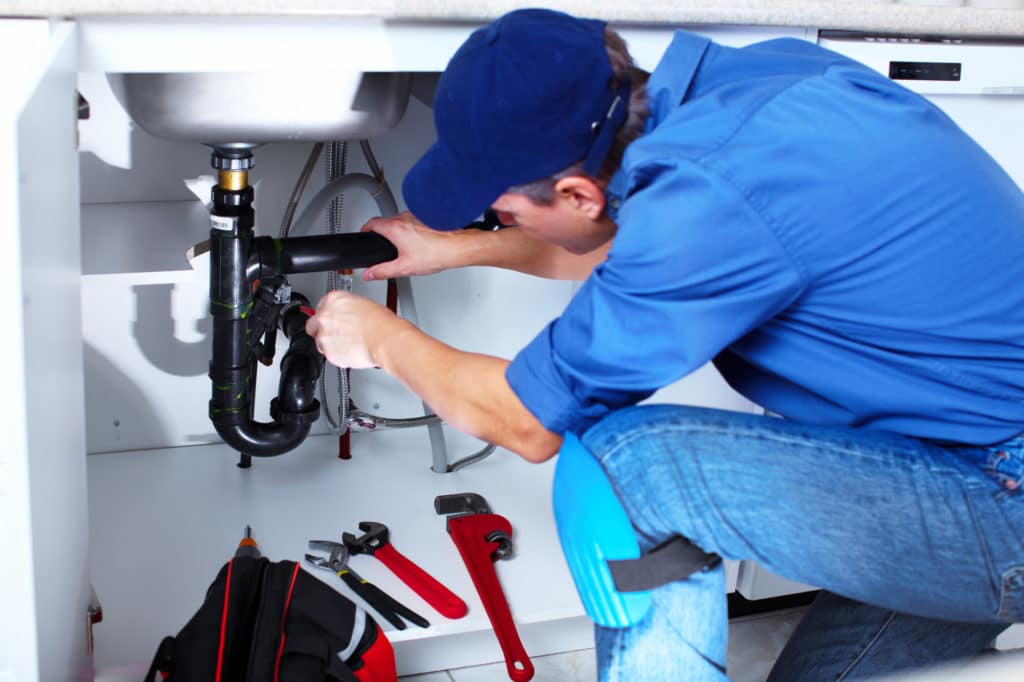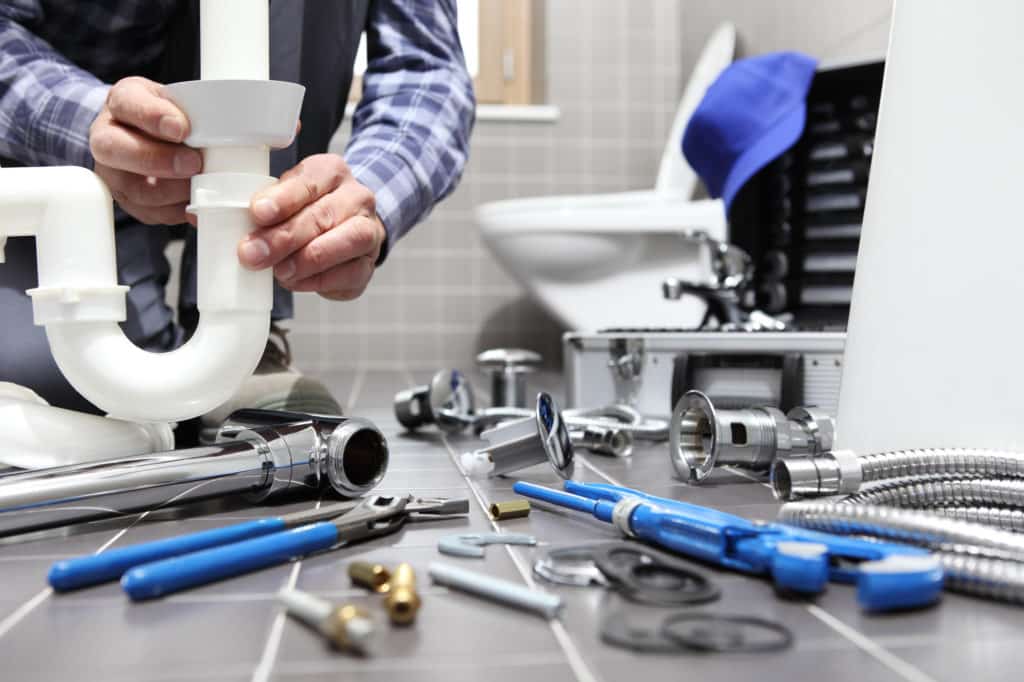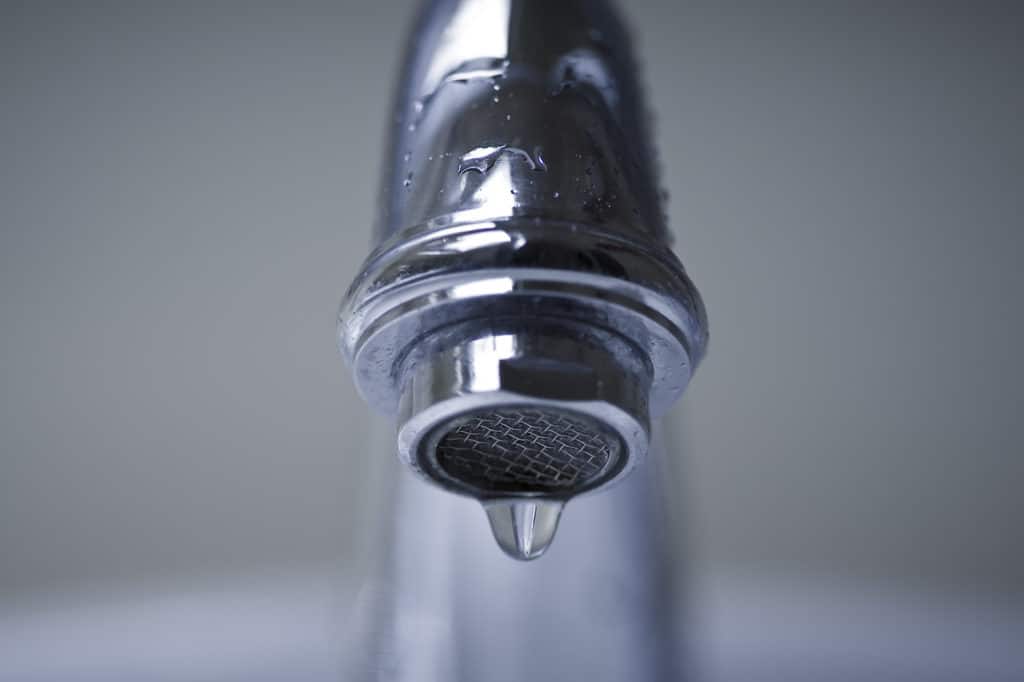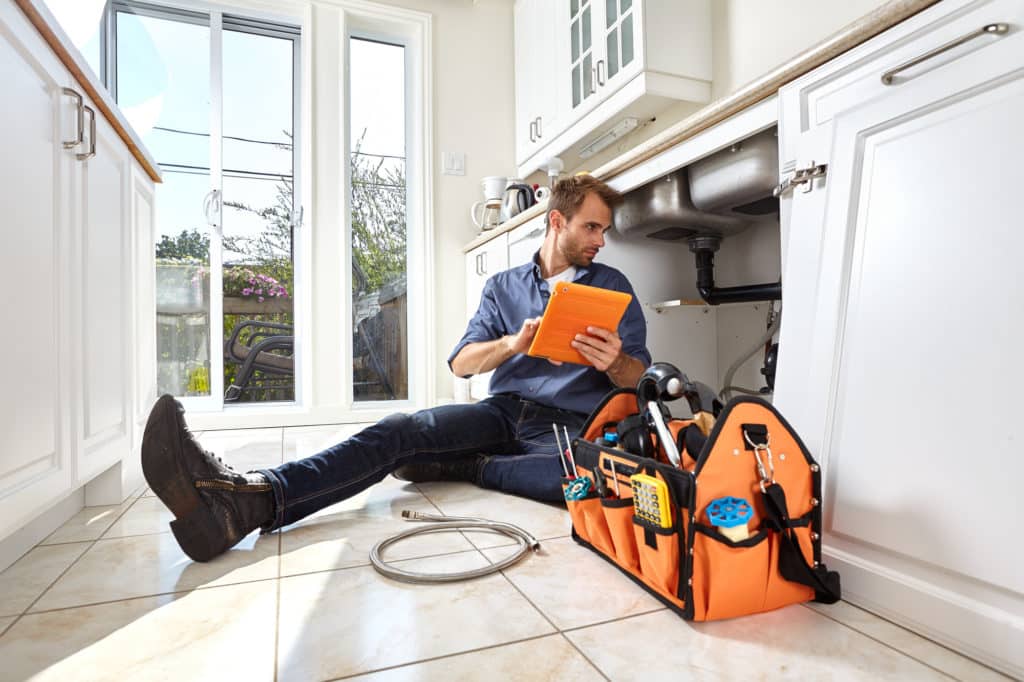Introduction
Concerned about that pesky dripping faucet? You’re not alone. A dripping faucet is more than an annoyance; it represents ongoing waste that hits your pocketbook and the environment. Its steady drip-drip-drip can profoundly impact your home, concealing potential damage and hidden costs, as well as squeezing our precious water resources.
Understanding the Importance of Fixing a Dripping Faucet
At Plumbing Pros DMV, we feel understand why fixing a dripping faucet should not be ignored. Apart from irritating noise, these drips can amount to approximately 3,000 gallons of wasted water each year, contributing to alarming rates of water scarcity. These leaks, if left unchecked, can also escalate your water bill and potentially lead to higher repair costs in the long term. They may instigate water damage, possibly causing more serious leaks and mold growth that pose health risks.
The Environmental and Financial Impact of a Dripping Faucet
By letting a dripping faucet continue unchecked, you’re not just wasting water and money, but you could also unwittingly damage the environment and contribute to the carbon footprint.
Here’s a quick overview of the problems a dripping faucet can cause:
- Wasted water: Up to 3,000 gallons per year.
- Higher water bills: Incrementally raising your utility costs.
- Water damage: Leading to leaks and potential property damage.
- Mold and mildew growth: Causing health risks.
- Environmental damage: Water shortages and carbon footprint increase.
We invite you to explore this guide as we provide you with a 5-step plan to fix that dripping master valve, or any faucet in your home, giving you peace of mind and a drip-free home.
Step 1: Identify the Type of Faucet
Understanding what type of faucet you’re dealing with is the first crucial step in fixing a dripping faucet. There are four main types of faucets: cartridge, compression, ceramic disk, and ball-type. Each has its unique mechanism and requires a different approach when it comes to fixing a leak.
Cartridge Faucets
Cartridge faucets are often found in bathrooms. They are characterized by two handles on either side of the spout. When the handle is moved up and down, it controls the water flow through an inner cartridge.
Compression Faucets
Compression faucets are among the oldest type of faucets but are still commonly used today. They operate with a rubber washer that tightly seals against the flow of water. The handles of these faucets move only side to side, and you can feel them getting tighter as you shut them off.
Ceramic Disk Faucets
Ceramic disk faucets are a more modern option. Known for their durability and reliability, these faucets operate with a single lever that sits atop a cylindrical body. The lever controls the flow of water through a set of ceramic disks inside the faucet.
Ball Type Faucets
Ball type faucets are common in kitchens and other high-use areas. They operate using a ball joint to control the hot and cold water lines. These faucets have a single handle on a rounded cap mounted on top of the spout. To adjust the water pressure, you push the handle up and down, and to adjust the temperature, you move it left or right.
Identifying your faucet type is the first step to a successful repair. Once you know what you’re working with, you can gather the necessary tools and materials for the job. If you’re unsure about the type of faucet or how to proceed with the repair, don’t hesitate to contact us at Plumbing Pros DMV. We’re here to help with all your plumbing needs.
Step 2: Gather the Necessary Tools and Materials
Before you tackle your dripping faucet, have the right tools at hand. As James D., our CEO at Plumbing Pros DMV, often says, “The right tool for the right job is the key to a successful DIY plumbing repair.”
Essential Tools for Fixing a Dripping Faucet
To fix a dripping faucet, you’ll need a set of essential tools and materials:
-
Adjustable wrench: This tool is vital for loosening and tightening nuts and bolts on your faucet.
-
Screwdrivers: Both flathead and Phillips screwdrivers are necessary for removing screws on the faucet handle and other parts.
-
Plumber’s tape: Also known as Teflon tape, this is used to seal pipe threads and prevent leaks in plumbing.
-
Replacement parts: These could include washers, O-rings, springs, ceramic disks, and other parts specific to your faucet type.
-
Towels or rags: These are useful for cleaning up any water that may spill during the repair process.
-
Bucket or container: This is handy to catch any water that may drip when you disassemble the faucet.
-
Penetrating oil: Products like WD-40 can help loosen stuck or rusted parts.
-
Adjustable pliers and an Allen wrench: These are helpful for tightening or loosening parts that a wrench can’t reach.
Ensure that you have all the necessary tools before you start your repair job. As the old saying goes, “Preparation is half the battle.”
Using the Home Depot Mobile App for Shopping Materials
If you find that you’re missing some of these tools or materials, don’t worry. The Home Depot Mobile App is a convenient way to shop for the necessary items quickly and easily. It allows you to browse and order the materials you need to fix that dripping faucet at home, saving you time and hassle.
At Plumbing Pros DMV, we understand that a dripping faucet can be a nuisance. But with the right tools and a little bit of preparation, you can fix it in no time. In the next section, we’ll walk you through turning off the water supply to your faucet, which is a crucial step before you start any repair work.
Step 3: Turn Off the Water Supply
Before we dive into the actual repair work, it’s absolutely essential to deactivate the water supply. This step is incredibly important as it prevents water from gushing out when you begin disassembling the faucet, protecting your home from potential water damage.
Importance of Deactivating the Water Supply
Why is turning off the water supply so crucial? Well, imagine trying to fix a dripping faucet while water is still flowing. It would be like trying to patch a hole in a bucket while it’s still filling up. It’s messy, frustrating, and can lead to unnecessary water waste. By shutting off the water supply, you create a safe and controlled environment to carry out your repair work.
How to Safely Turn Off the Water Supply
So, how do you go about turning off the water supply? Here’s a simple step-by-step guide:
-
Locate the Shut-Off Valves: These are usually located beneath your sink. They look like small round or oval knobs that you can turn.
-
Turn the Valves Clockwise: By turning the valves in a clockwise direction, you’re effectively closing off the water supply. If you have separate valves for hot and cold water, make sure to turn off both.
-
Check the Faucet: After you’ve turned off the valves, go back to your faucet and turn it on as you normally would. If the water supply has been successfully cut off, no water should come out.
If you can’t locate individual shut-off valves for your faucet, you may need to turn off the main water supply for your entire house. This is usually located in the basement or outside your home.
In the next section, we’ll move on to disassembling the faucet and identifying the problem causing the leak. But remember, if at any point you feel overwhelmed or unsure, don’t hesitate to contact us at Plumbing Pros DMV. We’re always here to help.
Step 4: Disassemble the Faucet and Identify the Problem
It’s time to roll up your sleeves and get acquainted with the inner workings of your faucet. Don’t worry, we’ll guide you through each step.
Removing the Faucet Handle
The first step to fixing a dripping faucet is to expose the inner faucet parts. To do this, you’ll need to remove the faucet handle. The steps can vary based on your faucet type. For instance, if there’s a set screw behind the handle, use a hex key or Allen wrench to loosen and remove it.
On the other hand, if your handle has a top screw cover, gently pry it off with a flat screwdriver and set it aside. Then, use a Phillips head screwdriver to loosen the screw underneath the cover. Once done, pull the handle free.
For a more complex fixture like a leaky shower faucet, you may need to remove a cap with a flat head screwdriver, unscrew the handle, and remove a faceplate from the shower wall. You might also need to pull off a metal sleeve over the shower valve.
Inspecting the Cartridge or Stem
The cartridge or faucet stem is a crucial part of most two-handled kitchen and bathroom faucet styles. It regulates the flow of hot and cold water. To access it, loosen the packing nut in the handle assembly with a wrench and then gently pull the part straight up and out of the assembly.
Identifying Damaged or Deteriorated Parts
Now comes the detective part. Carefully inspect the stem or cartridge. You’re looking for any signs of wear and tear that might be the culprit of your dripping faucet. Common issues include a worn-out washer or gasket, a loose O ring, or corrosion in the valve seat. If you see any of these signs, it’s time for a replacement. If you’re unsure, take the parts to a store and use a reference guide to match them to the exact cartridge you need.
Even the most resilient faucet parts can become damaged or deteriorated over time. This is especially true if you have an older faucet in your home.
If at any point you feel unsure about the process or suspect that the issue might be more serious, don’t hesitate to reach out to us at Plumbing Pros DMV. Our team of professionals is ready and willing to help you turn that annoying drip into a thing of the past.
Step 5: Replace the Damaged Parts and Reassemble the Faucet
You’ve made it to the final step! By now, you’ve identified your faucet type, gathered the necessary tools, turned off the water supply, and disassembled your faucet to identify the leak source. Now, let’s talk about how to replace the damaged parts and reassemble your faucet.
Replacing the O-Ring, Washer, and Valve Seat
The first part of this step depends on the type of faucet you have. If you have a compression faucet, you’ll need to replace the seat washer, which is usually found at the bottom end of the stem. Similarly, if you have a cartridge, ceramic disk, or ball type faucet, the O-ring or neoprene seal causing the leak needs replacing. Always remember to coat the new O-rings and washers with nontoxic, heat-proof plumber’s grease for a secure and long-lasting seal.
No matter what type of faucet you have, replacing these components is a simple but crucial step in fixing a dripping faucet. It’s important to match the size of your new O-ring or washer to the old one. If these parts aren’t the right size, they won’t seal properly, and your faucet might continue to leak.
Cleaning the Faucet with White Vinegar
Once you’ve replaced the necessary parts, take a moment to clean the faucet. Over time, mineral deposits can build up on the parts of your faucet. A simple solution of distilled white vinegar and a soft scouring pad can remove these deposits and ensure your faucet functions at its best.
Reattaching the Faucet Handle and Turning the Water Line Back On
Finally, it’s time to reassemble your faucet. Carefully put back each part in the reverse order of their removal. After everything is securely in place, you can turn the water line back on. Run both the hot and cold water for a few minutes to ensure your faucet works correctly and the dripping has stopped.
But remember, if the faucet continues to leak or you encounter any difficulties throughout this process, don’t hesitate to call us at Plumbing Pros DMV. Our team of professionals is always ready to help you resolve any plumbing issues, ensuring you save both water and money in the long run.
You’ve done a great job tackling your dripping faucet! Not only have you fixed the problem, but you’ve also learned valuable skills that will come in handy for future home maintenance. Keep in mind that regular faucet maintenance can prevent these issues from happening in the first place, so always keep an eye on your household fixtures.
In the next section, we’ll discuss when it might be necessary to call a professional plumber and the benefits of hiring Plumbing Pros for your faucet repairs.
When to Call a Professional Plumber
Fixing a dripping faucet can be satisfying and cost-effective, but it’s important to recognize when a DIY approach may not be the best course of action. From complex issues to lack of necessary tools, here’s when it might be time to call in the professionals.
Recognizing When DIY Fixes Fail
In some cases, a dripping faucet can hint at more severe plumbing problems. For instance, if you’ve replaced the damaged parts and the faucet continues to drip, there might be a deeper issue at hand. This could be due to loose parts that are hard to reach or possibly even broken plumbing pipes.
The faucet’s valve seat, which can be removed with a specific tool called a seat wrench, is another example. Most homeowners don’t own this equipment, and improper handling could lead to more damage.
Finally, if your faucet is of a type you’re not familiar with, or if the problem persists despite your best efforts, it’s time to call a professional plumber.
The Benefits of Hiring Plumbing Pros for Faucet Repairs
We at Plumbing Pros DMV are equipped with the necessary tools and expertise to handle all kinds of faucet issues. Hiring a professional plumber can save you time and prevent further damage from occurring. Our professionals are trained to handle all kinds of plumbing issues, which means they tackle difficult issues with ease.
Our team can go beyond the surface, identifying and fixing problems deep within your faucet system. We know how to properly replace worn-out seals, preventing the risk of future drips. Plus, when you’re dealing with a persistent issue like a dripping faucet, a professional plumber can identify if there’s a deeper issue at hand, potentially saving you from costly future problems.
So, if your DIY efforts don’t yield the desired results or you’re dealing with a complex faucet, don’t hesitate to contact us. We’re always ready to help you solve your plumbing issues quickly and efficiently.
Conclusion
The Satisfaction of Fixing a Dripping Faucet
Successfully fixing a dripping faucet on your own can bring a great sense of satisfaction. Not only have you saved money on a plumber’s bill, but you’ve also gained valuable DIY skills. Furthermore, you’ve done your part in conserving water and protecting the environment from the adverse effects of wasted water.
It’s crucial to address a dripping faucet promptly to prevent water wastage and potential water damage. Simple, surface-level issues can often be addressed with a bit of plumbing knowledge. However, more complicated issues may require the help of a professional.
The Long-Term Benefits of Regular Faucet Maintenance
Regular faucet maintenance goes beyond just fixing a dripping faucet; it also plays a significant role in maintaining the health of your home’s plumbing system. Preventive maintenance can help you avoid costly repairs and replacements in the future.
The environmental benefits of regular drain maintenance cannot be overstated. From preventing water contamination to preserving aquatic ecosystems, your efforts at home can significantly impact the health of the planet. Routine drain maintenance also aids in reducing our carbon footprint by conserving water and decreasing the energy required for water treatment.
In conclusion, fixing a dripping faucet is a task that most homeowners can handle with a little guidance. However, if the problem persists or if you have any doubts, don’t hesitate to call in the professionals. At Plumbing Pros DMV, we’re always ready to help you with your plumbing needs, ensuring you get the best service and lasting solutions.
For more insights and tips on how to deal with other plumbing problems, consider reading our blog. And if you’re looking for reliable plumbers in your area, explore our service offerings today!






